Decentralization and protocolization of the whole-chain game
Decentralization and protocolization of the entire blockchain gaming ecosystem.This article is a speech manuscript by @hicaptainz on MuChiangmai.
In the past six months, blockchain games have been highly sought after. Let’s first look at how other VCs and institutions view blockchain games. In the past two months, both LianGuairadigm and Coinbase have given their optimistic views on the top ten future trends, two of which are commonly favored: blockchain games (on-chain games) and RWA. In LianGuairadigm’s list, it describes on-chain games and on-chain treasuries (i.e., government bonds), while in Coinbase’s list, it describes on-chain games and Tokenizing Real World Assets. Therefore, in the next bull market, on-chain gaming is likely to become a mainstream narrative.
Since so many people are optimistic about this trend, let’s first understand what blockchain games are. A simple definition is as follows:
A fully on-chain game refers to: all game logic, states (assets and others), are on the blockchain and implemented through smart contracts. Sometimes, we also use the term “on-chain game” to refer to it. In the literature of on-chain games, we often come across terms like “Autonomous World” or the equivalent “On-Chain Reality”.
- Introducing zkUniswap The First zkAMM
- Exploring the Opportunities of Layer2
- A Quick Understanding of Zora Network, an NFT Application Chain Based on OP Stack
Other times, we also come across concepts like Web 2.5 games and GameFi games. What are the differences? Refer to the table below:
|
|
Web 2.0 Game |
Web 2.5 Game |
Web 3.0 Game |
|
How it works? |
No blockchain |
On-chain Asset Off-chain Logic |
On-chain Asset On-chain Logic |
|
Terms |
Traditional Game |
GameFi |
FOC Game |
Let’s explain a little. Web 2.0 games do not use any blockchain technology, i.e., traditional games. Web 2.5 games only have assets on the blockchain, and the game logic is implemented off-chain, which is what we previously referred to as GameFi games. True Web 3.0 games have both assets and game logic on the blockchain, called fully on-chain games.
At this point, someone may ask, why put all the game logic on the blockchain when the performance of the chain is so low? I have previously tried to answer this question from the perspectives of narrative (Autonomous World) and technology (composability and serverless, etc.), but the effect was not good. So now I am trying to answer it from a “historical” perspective. First, let me ask a question, why do we have DeFi? You can try to think about it yourself, and the answer is not that simple.
Let’s go back to 2012-2018. During this period, we did not have the concepts of “DeFi” and “Web3”. The mainstream narrative of cryptocurrencies was “payment”. For example, BTC was considered a P2P electronic cash system. Of course, electronic cash is used for payment. From this narrative perspective, a typical characteristic is that whenever a major online retail giant announces that they start accepting BTC as a means of payment, the market surges.

During this period, the blockchain did not yet introduce smart contracts, so most chains were forks of BTC, and each chain would have a native coin, with most of them based on Proof of Work (POW).
In 2015, Ethereum was born and became the first smart contract platform. Its emergence greatly changed the operation mode of Initial Coin Offerings (ICO). The changes are shown in the following table:
|
|
Before |
After |
|
Medium |
BTC |
ETH |
|
Procedure |
Sending BTC to one person’s address and receive altcoins manually |
Sending ETH to ICO contract address and receive tokens automatically |
|
Altcoin term |
Coin (LTC, Doge) |
Token (USDT, UNI) |
|
LianGuairadigm norm |
Centralized Investment |
Decentralized Investment |
In the beginning, for ICOs, projects used BTC as the financing medium. Users participating in the ICO needed to send BTC to the project’s address, and then the project would manually return the altcoins. At that time, the term used for altcoins was “coin.” After Ethereum appeared, the financing medium changed to ETH. Users participating in the ICO only needed to send ETH to the ICO contract address, and the contract would automatically return the corresponding altcoins. At this time, the term used for altcoins was “token.” From an investment perspective, this can be considered a paradigm shift from the previous “Centralized Investment” to “Decentralized Investment,” also known as “DeInvest.”
Then, from 2019 to 2022, the infrastructure of DeFi began to emerge. For example, the on-chain exchange “Uniswap,” the on-chain lending protocols “AAVE” and “Compound,” and the on-chain stablecoin protocol “MakerDAO.” Initially, all on-chain protocols were called “Open Finance.” In 2018, Brendan Forster of Dharma Labs first proposed the term DeFi, which became popular worldwide.

So, let’s try to summarize DeFi. How is the financial industry combined with blockchain technology? Refer to the table below:
|
Before |
After |
|
|
How to utilize |
Token |
Smart Contract |
|
Method |
Tokenization |
Write Financial rules into smart contract |
|
Narrative |
Open Finance |
DeFi |
Looking at the later DeFi projects, they all try to “write financial rules into smart contracts.” So the initial combination was only “issuing tokens” or “tokenization,” and later transitioned to “using smart contracts.” The narrative also changed from “Open Finance” to “DeFi.”
Now let’s think about the combination of games and blockchain technology. Should we “tokenize” or use “smart contracts”? If it’s “tokenization,” should we use “fungible tokens” or “NFTs”? It should be noted that currencies and securities in the financial industry are fungible, while game assets and characters are non-fungible. This is why NFTs are commonly seen in blockchain games but less so in DeFi.
Let’s continue to review the history of blockchain games.
Going back to 2017-2020, why choose 2017 as the starting point? Because CryptoKitties was born in this year, and all the cats are NFTs (they are also the inventors of NFTs). The breeding rules were written into smart contracts. However, they did not issue tokens. In the following years of 2020-2022, it was the heyday of GameFi, with many star projects such as Axie Infinity, Starsharks, Metamon, and StepN. These projects’ typical feature is the use of sophisticated multi-token systems and NFTs to represent game characters, but they did not use smart contracts. So they are still centralized games (CeGame).
Now it is 2023, still in the crypto winter, and it seems that 90% of GameFi projects have died. Is creating a game just about “issuing tokens”? What if we also write the game rules into smart contracts? This is how we discovered the whole-chain game “Dark Forest.” Following the terminology of DeFi, it might be called “DeGame.”
Following the terminology of DeFi, we can draw a conclusion that whole-chain games can help games achieve decentralization and protocolization. Decentralization means that game rules are written into smart contract code, which is usually managed by DAO. “Protocolization” refers to the process of standardizing specific functionalities or operating methods. This standardization means that these functionalities or operating methods are no longer private or proprietary but become a “public good” or standard that can be widely adopted and used by developers or organizations. Projects in DeFi that are based on composability are called “DeFi protocols.” Similarly, whole-chain games can be called “game protocols” based on their high composability. At this point, games also become a kind of “public good.”
Now we can answer the question we asked at the beginning, why do we need “Blockchain Games”? The answer is actually very similar to DeFi:
- Permanent existence: There is no centralized entity or server, and it exists on the blockchain forever.
- No trust required: Code is law.
- No permission required: Anyone can participate.
- Interoperability: Different systems, devices, or applications can communicate and interact effectively.
- Composability: Various components or systems can be combined to lay the foundation for creating larger or more complex systems.
- Promote innovation: Any developer can create new applications or services without starting from scratch. Avoid “reinventing the wheel”.
So, can all types of games be made into blockchain versions?
No, my idea is that only games that meet the following characteristics are suitable for blockchain versions:
- Games with relatively simple rules
- Games that do not require real-time feedback
- PvP instead of PvE
- An open system
- Online games, not single-player games
Next, let’s discuss the narrative.
The term “Blockchain Games” is actually more of a technical discussion. The currently popular term in terms of narrative is “Autonomous World”, which comes from Lattic’s Ludens. He wrote a short paper in 2022 to elaborate on his ideas, and the specific details can be found here: https://0xLianGuairc.org/blog/autonomous-worlds
In addition, following the practice of DeFi, funblock and I also proposed the term “Decentralized Games (DeGame)”. The specific details can be found in this link: https://captainz.xlog.app/The-Evolution-Of-DeGame-And-The-Protocolization-Of-Gaming
The above is what I want to talk about regarding the topic of blockchain games. However, finally, I also want to discuss a little about the social track.
Similarly, following the practices of finance and games, are there two ways to combine social media and blockchain? That is, issuing tokens and smart contracts. So, should we also refer to those social projects that only issue tokens without using smart contracts as “SocialFi” or “Web2.5 Social”, and refer to projects that write social rules into smart contracts as “Onchain Social”, “DeSocial”, or “Web3.0 Social”? Or even call them “Open Social” or “Autonomous Social”? Let’s categorize the currently well-known social projects.
|
|
FT |
NFT |
Smart Contract |
Web ? |
|
FriendTech |
Yes |
No |
No |
Web 2.5 |
|
Social Protocol |
Yes |
Yes |
Yes |
Web 3.0 |
If you are interested in the concept of “on-chain social”, you can contact me. I also have some new ideas in this area and we can exchange ideas. Thank you everyone.
We will continue to update Blocking; if you have any questions or suggestions, please contact us!
Was this article helpful?
93 out of 132 found this helpful
Related articles
- Cryptocurrency Involved in Singapore’s Largest Money Laundering Case
- Stateless Client The Journey of Decentralization in Ethereum
- Trilogy of AA Products Reflections on AA Applications
- Coinbase Discloses Its Own Case How Hackers Breached Through Layers of Social Engineering
- FriendTech boom temporarily slows down, which simulation platforms are ideal for Web3 social networking?
- Founder Interview Why did Eclipse Architecture choose SolanaVM, Celestia, and Ethereum?
- Messari Friend.tech has over 300,000 users, with a daily revenue exceeding Opensea’s by 6 times, but is it sustainable?






